The bio-economy itself appears to have entered a transition phase. Until recently it involved small scale, reasonably separate initiatives, but now scaling up has become the crucial item. “Various showcases have demonstrated that a lot is possible from a technical perspective”, according to Leon Joore from Millvision and the Natuurvezel Applicatie Centrum (Natural Fibre Application Centre). “However, the economy is lagging behind because the scale is too small and there is a lack of added value compared to competing products. We need to move to the next phase. We have not sorted this out yet.”
Question submitted
This transition is not only characteristic of a sector that is maturing, but also of a society that is now convinced of the need to change its ways. “The fact is that the market is starting to change,” says Patrick Lemmens of the Bio Treat Center in Venlo. “The bio-economy was initially primarily driven by supply: “I have a waste flow, who wants it?” Now you see that all sorts of market segments are looking for alternatives. The process is becoming more demand driven. This process is moving slowly, but it is a clear trend. And that is a good development.”
One of these end users is Rijkswaterstaat (Directorate General for Public Works and Water Management). The ambition is to be CO2 neutral and fully circular by 2030, even in infrastructural works. “As the buyer, we are the customer that pays for this and creates the demand”, says Mireille Götz from the Business Unit Natural Capital (BUN-K) at Rijkswaterstaat. “This allows us to steer the CO2 emissions, for example using our sustainable construction calculator (DuBoCalc). But do not underestimate the power of the market. If the corporate world only offers biobased products, then this will become the new standard.”
Alternative raw materials
Sectors such as the chemical industry and the animal fodder industry are also taking a different approach. “The chemical industry has reasoned that – regardless of the fact whether there will be any oil left or not – they need to move towards different production methods”, according to Lemmens. “They are steadily exploring whether there are any alternative raw materials that can make their products more sustainable. They want a certain molecule and that does not necessarily need to come from oil. The same applies to the animal fodder industry. A lot of soy is currently imported from Brazil to produce animal fodder. This is one of the reasons why the CO2 emissions of meat are so high. The sector wants a certain protein, not necessarily soy. Regional proteins could also be suitable, but of course that protein needs to be produced.” Götz acknowledges that the start of the chain is not always ready for this. As manager of their own sites, Rijkswaterstaat also has a role as supplier of raw materials for biobased products. “In some cases the technology has not been developed sufficiently yet,” according to Götz. “You need to look closely at which biomass flows you have and which products you can produce from them. Maize plants, tomato stalks and grass are not always suitable. In addition, you need to be able to produce in efficient volumes or be able to combine smaller volumes. When scaling up, you encounter different problems than on a small scale.”
Modified specifications
In order to match supply and demand, the final user needs to know exactly which requirements his product has to meet and the biomass supplier needs to know exactly which properties his biomass needs to have to meet these requirements. It is the familiar story of the chicken and the egg. “If you want raw materials to meet certain specifications, then you need to harvest and refine them in a certain manner under certain conditions”, explains Götz. “You need to know in advance what you are going to make with these raw materials. Lignin is interesting as an adhesive for asphalt, but also to improve the structure of concrete. Lignin is primarily found in woody biomass and not in grass. The challenge is to extract the lignin on a large scale. The practicability also depends on the processing method. Just like you need a good recipe for concrete or asphalt, so you also need a good recipe for biobitumen.” Sometimes you can directly translate the specifications of traditional materials, in other cases you need to develop a different method. Götz: “What is the appropriate instrument to say something meaningful about the performance of a product? If you cannot determine the compressive or tensile forces of a biobased material using existing measurement methods, then you need to search for different methods.” If you want to implement biobased materials in infrastructure, then you need to comply with stringent safety standards. For example, the standard for steel crash barriers dictates that they need to stop large HGVs. “You cannot suddenly say that biobased materials only need to be able to stop an ordinary passenger car.” Changes are easier if the risk is low, as is the case for motorway location markers or for road signs, but the use of biobased or circular materials is extremely complex in the case of a load-bearing construction such as the Van Brienenoord Bridge. “This is why we first test biobased bitumen and concrete extensively on cycle paths and new load-bearing constructions. Before you can use these materials on the motorways, you need to be certain that this asphalt layer will not wear very quickly and that the constructions can carry a big enough load. A lot of development time is required for this.”
According to Lemmens, the fact that sectors such as the chemical industry and the animal fodder industry think in terms of semi-finished products, does not make the process any easier. “To them, a raw material is a semi-finished product, which has already undergone a processing step and is then sold on. They do not see the plant, but a semi-finished product extracted from the plant, just like oil that has already been refined. If biomass is going to replace oil, then you need to take steps to get from the primary product to the specifications of the semi-finished product.” For example, grasses differ in their concentration of protein, juices, fibres and minerals. The high-fibre grasses are more suitable for the paper industry, the high-protein grasses are more suitable for animal fodder. And there are dozens of different types of proteins.
Regional if possible
The best way to clarify these specifications, is to bring all parties together and set up new chains. And this should preferably be done on a regional scale. Lemmens: “At the Bio Treat Center, we initially started with SME focused on technology development. We help them to work together to develop even better technology. At the moment, our main role is to glue all the links of the chain together. We are working hard to clarify the question, to determine what is really needed to meet all the specifications.”
“The strength of the transition lies in the set-up of the new chains”, Götz agrees. “You cannot do it on your own. You need chain partners for circular innovation, in order to close the chain. This is a complex logistical problem in which everything needs to fall into place. We need to speak to each other to keep things moving, preferably at a regional or local level. We operate at a national level, but with a regional focus.” For example, Rijkswaterstaat is involved in the Biomass Alliance in East Netherlands. In this collective, the water boards, the province of Gelderland, local governments, manufacturers, farmers, nature conservationists, Rijkswaterstaat and knowledge institutes look at what is possible using certain biomass flows. There are about 12 parties in total. And they are all vital.
The Raw Materials Collective Almere also plays a role in this approach. This partnership focuses on creating value from waste flows and coordinates tangible circular projects. About thirty local parties and suppliers of biomass have joined forces to form a stronger front and to achieve a larger and more certain volume of a specific biomass flow at a local level. Joore is involved as technological advisor to develop the recipe for entirely new products. “The raw materials collective brings together supply and demand on a different scale.”
A regional approach is also useful, because the soil in East Netherlands has a different composition to the soil in Noord-Holland or Brabant. As a result, the grass is also suitable for different applications. For example, the Frisian grass contains more protein than the grass in Brabant. Götz: “If you obtain grass from Noord-Holland for use in Gelderland, the associated carbon emissions will be detrimental to the sustainability of the project. You don’t want to be transporting grass across the Netherlands.” Lemmens is also in favour of a regional approach. “They are now looking at whether they can decrease the circle for soy from Brazil. You need to reverse the process. Start close to home, check whether you can operate at a regional level and then expand the circle. The motto should be: as small as possible, as large as necessary.”
Adding value
The front of the chain can also help in the scaling up process. Lemmens: “We need to strengthen the entrepreneurship in the primary sector. The source sector must realise that waste flow is also a product, as valuable waste. This often does not happen now. If you simply put it out for collection, then you are not adding anything. Even a simple step such as drying the material can contribute to this. The source sector needs to treat the waste flow as a primary product. That would be a major step in the right direction.”
Too little capacity
One bottleneck in the chain is the production capacity. Showcases are great, but they will not give you large-scale production, emphasises Joore. “An obvious barrier is the current booming economy and the fact that there is not enough available production capacity for the production of innovative products. Manufacturers are busy. The old economy takes precedence and thereby threatens the circular development. The orders are too small to be truly competitive. Gaps start to form, even more so because a number of manufacturers closed as a result of the recession. This is the problem that we are encountering. You do not want to work in a nonsensical manner: that we need to look abroad for manufacturing. If a link is missing from this chain, then this has a major impact. There are about a dozen manufacturers, but if you really want to have an impact, then you need to have a certain capacity. In my opinion, it is time for a rethink. I do not have a ready-made solution as yet.”
Lemmens is of the same opinion. “What you see is that there is not enough production capacity. Traditional manufacturers are working at full capacity to meet the demands of consumers. Their reply is: “not right now”. But then who is going to do it? Should you, as a technology company, build your own factory? That could cause problems, you can see it coming.” Götz does not recognise these problems. “I do not experience this lack of capacity from our suppliers. They have a high level of intrinsic motivation. They want to distinguish themselves in tenders, so that they are more likely to get the job. They have no choice. Market parties that do not invest in sustainable products will eventually become obsolete.”
No way back
Time for a rethink? If we include the entire lifespan – the total cost of ownership – then we may be able to encourage manufacturers to build more capacity, suggests Joore. The demand from consumers can also be a driving force. Götz is optimistic. “The urgency is high and there is certainly demand. The greater the demand, the faster things will move. We are already well on our way into the transition. We could not have imagined five years ago what we are doing now in tenders. Compared to two years ago, things are moving very quickly. The new biobased chains are developing at their own speed. The industry also spent years on the developments for concrete and asphalt. We expected things to move faster for biobased materials. Sometimes you need to wait, because the technology or products requires further development. There are still steps that need to be taken and we are working hard to achieve this. There is no way back and the approach that we have taken is starting to pay dividends. It is important not to sit on an island. We depend on each other and should not begrudge others their success, but rather ensure that everyone benefits. Lemmens is also positive: “I have been involved in the bio-economy for 10-12 years now and still see progress being made. If this was not the case, I would have moved on to something else by now.”

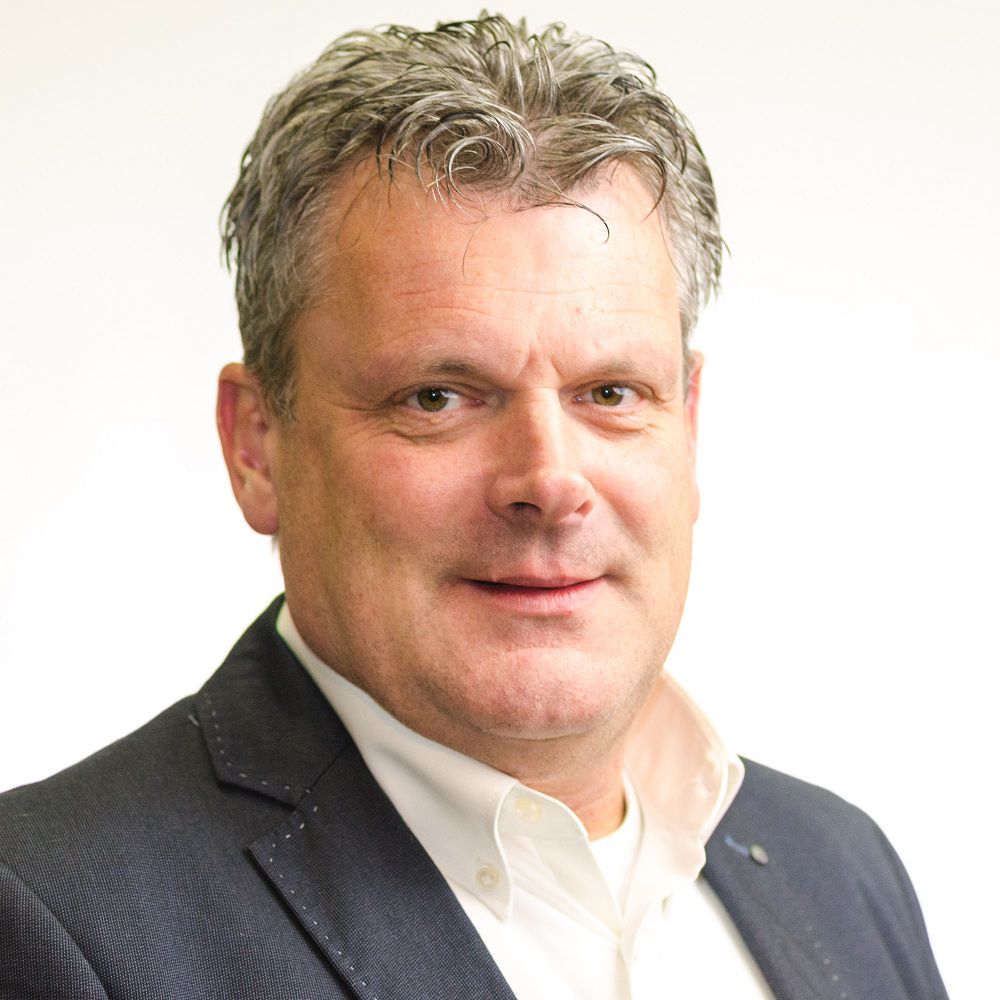
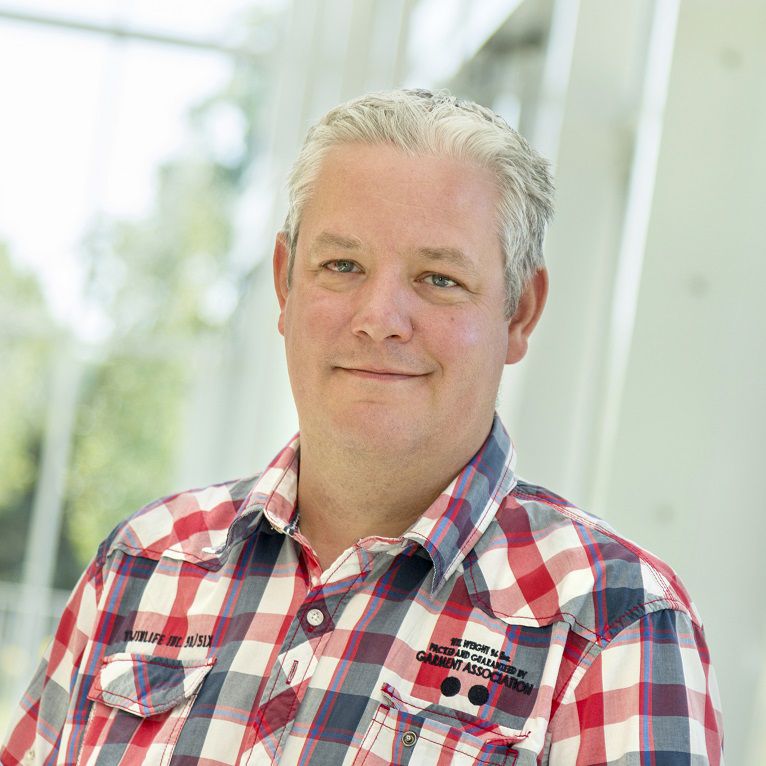

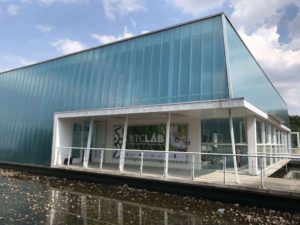
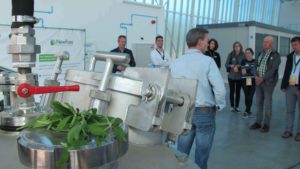
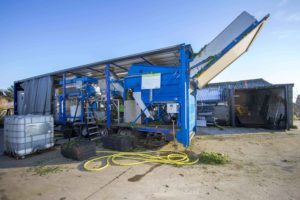
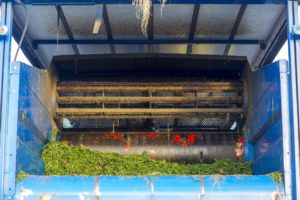
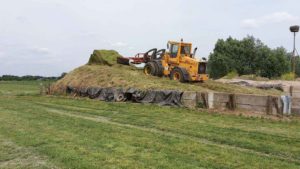



Replied on:
“A lot of soy is currently imported from Brazil to produce animal fodder. This is one of the reasons why the CO2 emissions of meat are so high.” is written to be said by Mireille Götz, but if I look at https://www.terrapass.com/eat-your-way-to-a-smaller-carbon-footprint, it’s not the transport of the animal feed, but the production of animal feed that accounts for most of the emission. Then soy from Brazil, compared to grass from EU, would not make that big difference. The driver for less meat consumption is based on the CO2 emissions from the feed production, which accounts for 40%, according to the 5th picture at https://www.all-creatures.org/articles/env-howmeat.html